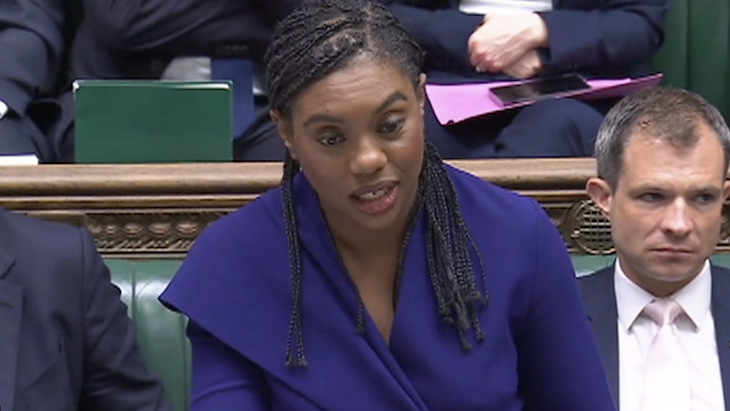Sir John Soane’s Museum is one of London’s most eccentric buildings, containing a riot of classical fragments, paintings, architectural models and plaster casts jammed in to overflowing narrow galleries packed into a Georgian town house in Lincoln’s Inn Fields. Soane viewed it as a reflection of his busy intellect, ‘studies for my own mind’, he said, and Bruce Boucher’s new book reveals how the architect, famous for designing the Bank of England, put together the remarkable collection that visitors can still see today.
The author was director of the Soane Museum from 2016 to last year, and his privileged access to its archives ensures we get an insider’s view of the quirky institution and its more than 40,000 eclectic objects. Describing it as ‘one of the most intensely autobiographical statements conceived in three-dimensional terms’, Boucher reveals how Soane (born ‘Soan’) emerged from a very humble family of bricklayers to win a Royal Academy Gold Medal for his skilled architectural drawing and a travel scholarship for a Grand Tour of Italy. Taking two years, it was the beginning of his exposure to classical culture.
But it was only after his marriage in 1784 to Eliza Smith, the heiress to the City Surveyor of Paving, that he had the considerable funds to buy properties in Lincoln’s Inn Fields and fill them with an enormous range of objects. Eliza shared her husband’s passions and together they acquired art and statuary. Her death in 1815, only two years after moving into their renovated home, determined Soane to ensure his collection should be as much a memorial to her as a record of his career and influences.
His skilled use of overhead shafts of natural lighting in both the Bank of England and the Dulwich Picture Library was deployed in his home, allowing objects, including an ancient Egyptian tomb, to be illuminated even though they resided in the basement. The sarcophagus, originally excavated by the Italian adventurer Belzoni in the Valley of the Kings, was acquired for £2,000 after the trustees of the British Museum turned it down. A hole had to be knocked into the back of the house to allow its lowering into the basement and the arrival was accompanied by three days of festivities.
The delightfully higgledy-piggledy nature of the collection filling walls floor to ceiling may have been inspired by the Italian artist Piranesi’s prints, which Soane also collected, showing antique objects piled upon each other, as in his view of the Appian Way. It was also fairly typical of wealthy collectors displaying works in their houses at the time, such as Thomas Hope’s mansion in Duchess Street with its juxtaposition of historic styles. The rich, earthen wall colours were inspired by recently rediscovered Roman villas and their frescoes. Soane haunted auction houses and was happy to scoop up collections from suddenly impecunious enthusiasts.
Boucher claims that it was the shocking discovery that his wayward son George was living in a ménage à trois with his wife and her sister, with whom he had a child, which helped convince Soane to protect his museum as a public entity by a parliamentary bill, ensuring it remained intact and free to visit for posterity.
Richly illustrated with new photography and material uncovered from museum archives, John Soane’s Cabinet of Curiosities is a treasure house of anecdotes and analysis that does full justice to the spectacle of Soane’s breathtaking wunderkammer.







Comments